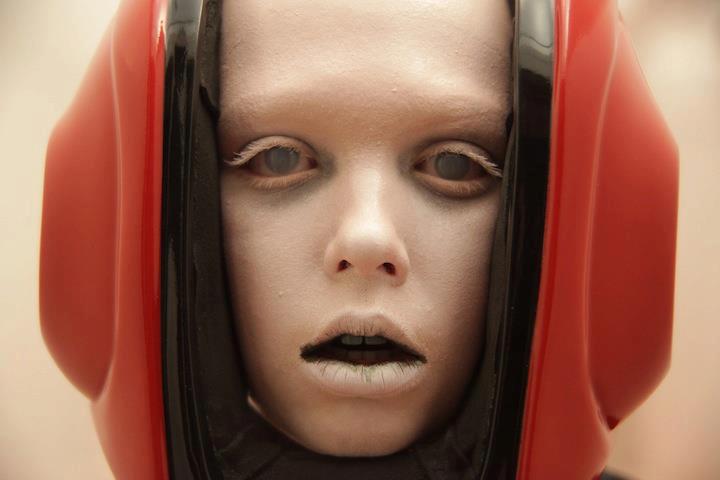
Since the early days of cinema science fiction has always done well with general audiences. Even one of the early pioneers of the art-form, George Méliès, is most well-known for his science fiction film ‘A Trip to the Moon.’ Since then science fiction has always been a ‘force’ to be reckoned with. One big-budget franchise after another came to theaters and we’re still rushing to theaters for the newest Star Wars or Marvel movies.
Directors like Ridley Scott and Denis Villeneuve made the genre their trademark, again having big budgets for their ‘out of this world’ settings. When creating a world from scratch, big budgets would seem the norm, but many independent sci-fi movies have made a lasting impression with more modest budgets. Big budget or not, some of these gems are seen less than others even though they arguably deserve the same amount of praise. This list will shine a light on 10 sci-fi movies that deserve to be watched by many more.
1. The 10th Victim (1965)
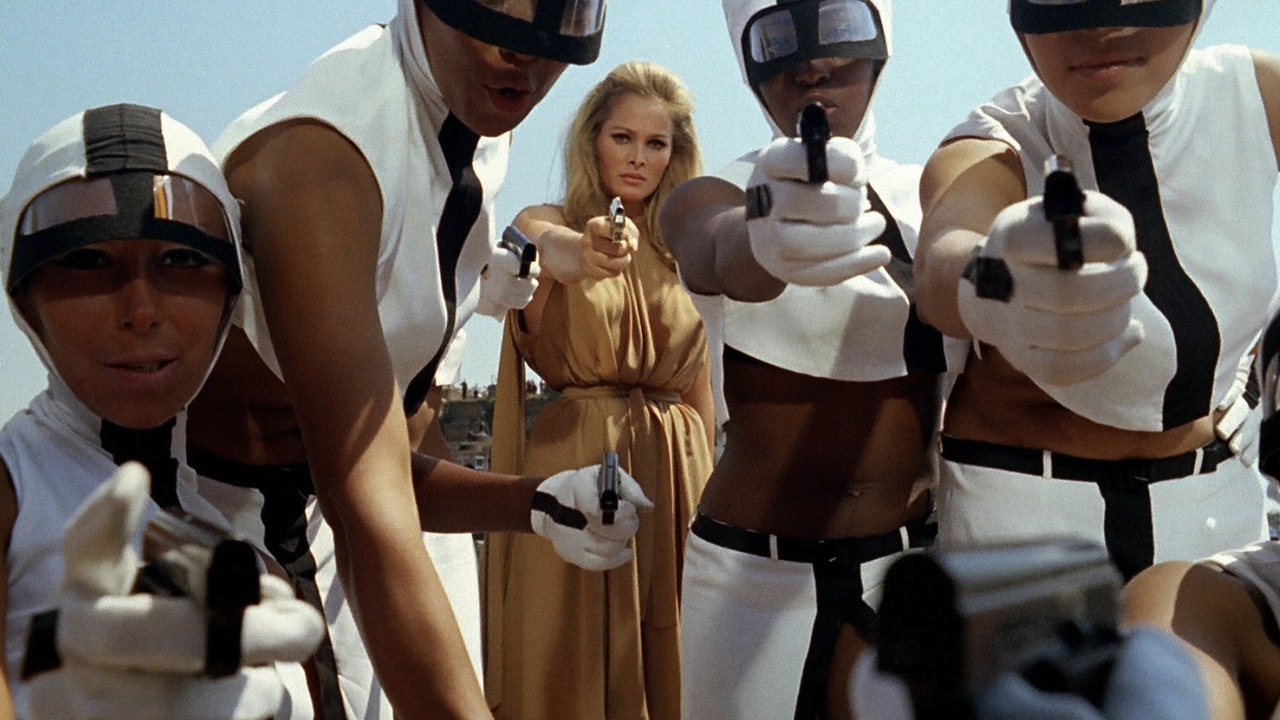
The list kicks off with the first predecessor of the popular ‘reality TV death game genre.’ Names like Death Race, Battle Royale, and Hunger Games gained a lot of popularity with big audiences, but ‘The 10th Victim’, the first one to do it, has to live with a modest cult following.
‘The Hunt’ is a booming reality show, watched all around the world. It’s a violent outlet that prevents the world from turning to another form of violence: war. In the show, men and women are given a chance to kill. They must survive 10 rounds, 5 as a killer and 5 as a victim. When competitors succeed in completing all 10 rounds, they will be set for life. Caroline, played by the talented Ursula Andress, has already completed 9 rounds and for her last round she has to kill a last victim: Marcello (Marcello Mastroianni). When they take notice of each other, love might be coming in the way of the grand prize.
Director Elio Petri (Investigation of a Citizen Above Suspicion) goes all out with a somewhat strange, but impressive style. Where the film sometimes lacks in coherent plot, it shines in visuals and absurd action like Ursula’s shooting bra.
2. Last and First Men (2017)
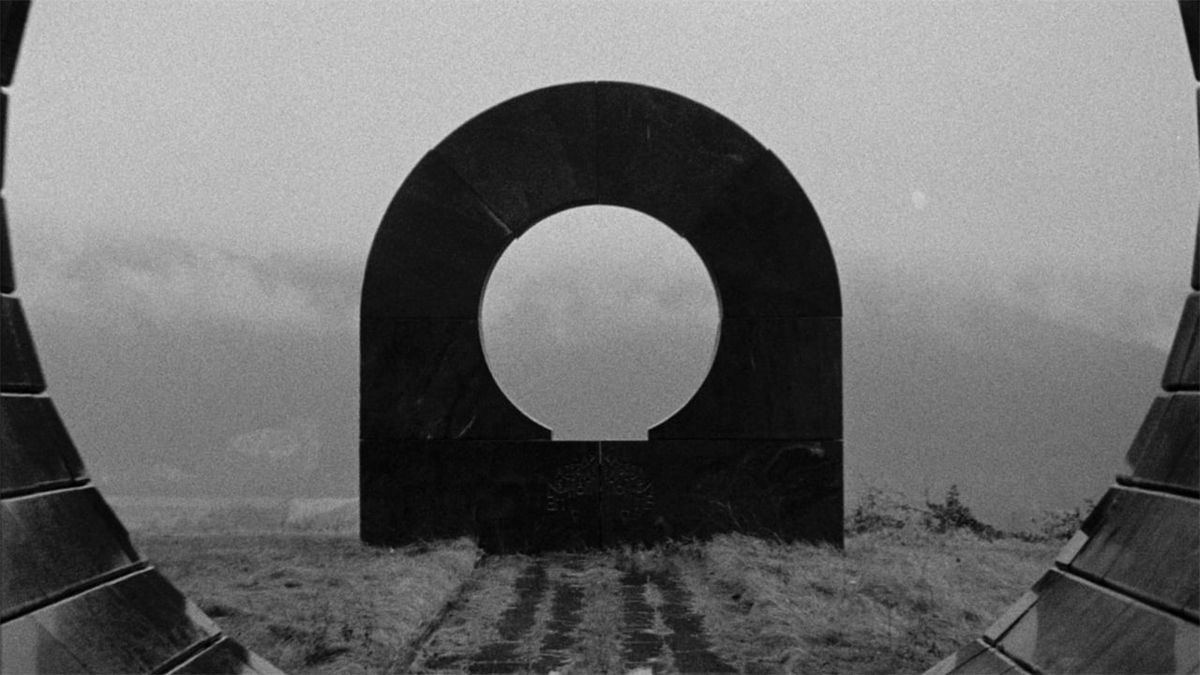
Jóhann Jóhannsson might be best known for his repeated collaborations with Denis Villeneuve. He composed the scores for Prisoners, Sicario, and Arrival as well as a number of films from other directors, most notably for The Theory of Everything. Last and First Men was his debut as a director, but sadly also his last directed work since he tragically passed away in 2018. His debut was first screened at the Manchester International Festival in 2017, and in 2020 it screened on a number more festivals as well as being released on the internet in the UK.
Last and First Men is adapted from Olaf Stapledon’s 1930 science fiction novel of the same name. The film looks two billion years in the future where the human race is supposed to be on the verge of extinction. We don’t see this, as all there is to the visuals are beautiful images of futuristic architecture. What we hear is more importantly and simultaneously the best part of the movie: Accompanied by dreamy sounds, Tilda Swinton serves as the narrator. The combination of the music, the visuals, and the soothing voice of Swinton makes for a hypnotizing experience.
3. Beyond the Black Rainbow (2010)
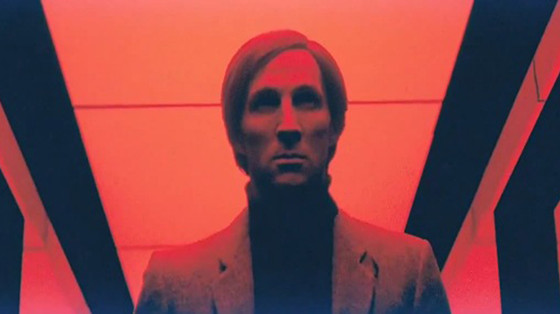
Similar to Last and First Men, Beyond the Black Rainbow is also a film that mostly serves to communicate a feeling to its viewers. Another funny connection to the pick above: Director Panos Cosmatos his second film, Mandy, has a score composed by Jóhann Jóhannsson.
In a futuristic research institution, Dr. Barry Nyle (Michael Rogers) is questioning a female patient: Elena (Eva Bourne) in an attempt to try and understand her telekinetic and telepathic abilities. Nyle’s goal is to control Elena’s powers. All Elena wants is getting out…
Cosmatos his directorial debut was received with a mixed critical response, but since it has gained a fanbase thanks to its cult appeal. The film’s visual style borrows from popular films such as Dario Argento’s Suspiria, John Carpenter’s Dark Star (also in this list), George Lucas’ THX 1138, and more. All this inspiration is visible in the film and combined it makes for something very unique. Positive critics compared the film to Tarkovsky’s Solarys, and Kubrick’s 2001 and although both of those comparisons might be considered too high of praise by the general public, it definitely deserves more praise than it initially received.
4. Seconds (1966)
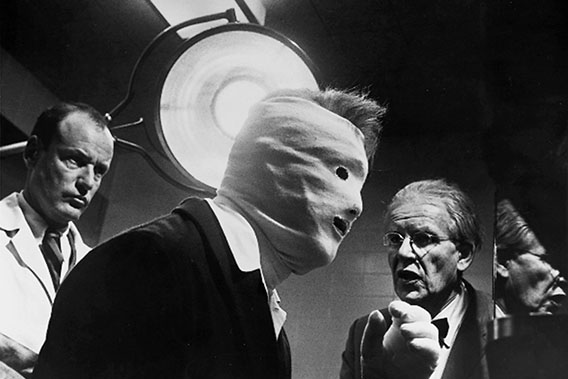
Another film that didn’t do well on initial release, but gained a fanbase later on. Seconds might be John Frankenheimer’s most popular movie, but still it’s an underrated one. Frankenheimer himself could be considered underrated as well, since he is most well-known for his work for TV. His films like Seconds, Ronin, and The Manchurian Candidate are all considered classics, but simultaneously all three deserve more watches.
Seconds is a suspenseful sci-fi thriller that deals with the dream of living life all over again. The middle-aged Arthur Hamilton (John Randolph) is given the opportunity to start his life all over again. A secretive company will fake his dead and give him a new face and identity. Arthur changes into Tony Wilson (Rock Hudson) and starts his new life as an artist. When he isn’t able to adapt to his new life he wants to start over again, but this is easier said than done.
The thing standing out most in Seconds is James Wong Howe’s cinematography. He perfectly deals with the black and white look of the movie by experimenting with his camerawork. The enchanting look adds to the thrilling feel making for an amazing total picture.
5. Enthiran (2010)
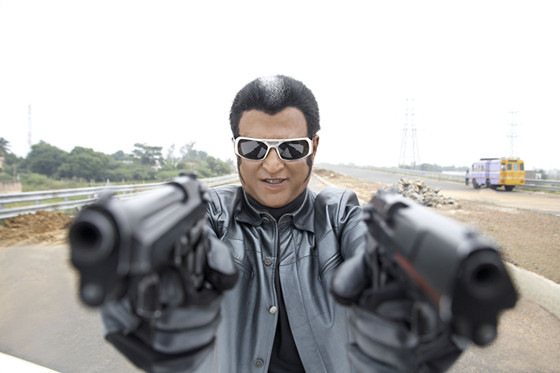
Enthiran is a Tamil-language, Indian science fiction film directed by S. Shankar. The story follows the genius Dr. Vasi (Rajinikanth) who invents the super robot ‘Chiti’ (Rajinikanth as well). Dr. Vasi wants to get his creation approved by the scientific body, but it’s rejected based on it not having rational judgement. Vasi then programs Chiti to have human emotions, with the help from a coincidental strike of lightning. Things go wrong when Chiti falls in love with Vasi’s fiancée and turns on his creator.
Thanks to the machine-turns-against-creator plot, you could describe the movie as Kollywood’s futuristic version of Frankenstein. Instead of Frankenstein’s monster we get a robotic copy of Rajinikanth with hilariously over-the-top dead machine features. The CGI goes all out to create the most bombastic action set pieces that you’ll only find in Indian cinema. When you combine this grandiose action with humor, a unique love triangle, and catchy songs, it becomes a film that deserves its praise not just in India, but internationally as well.